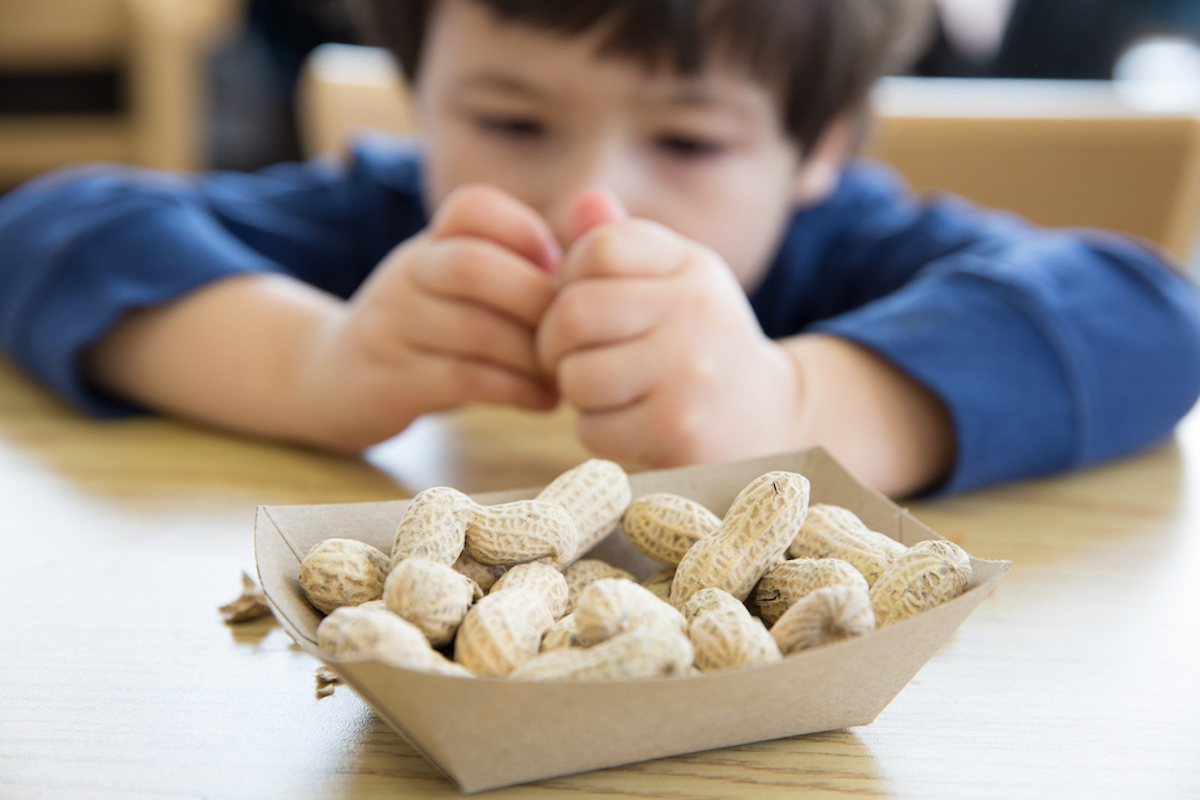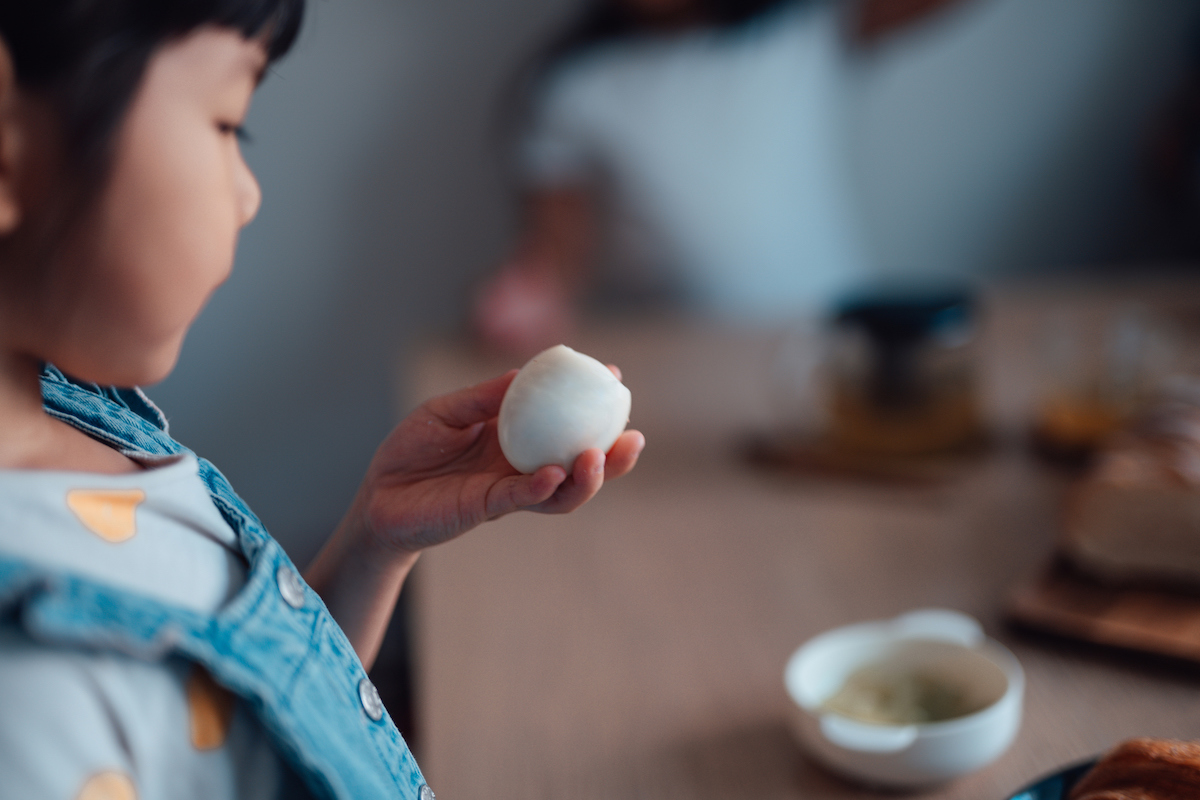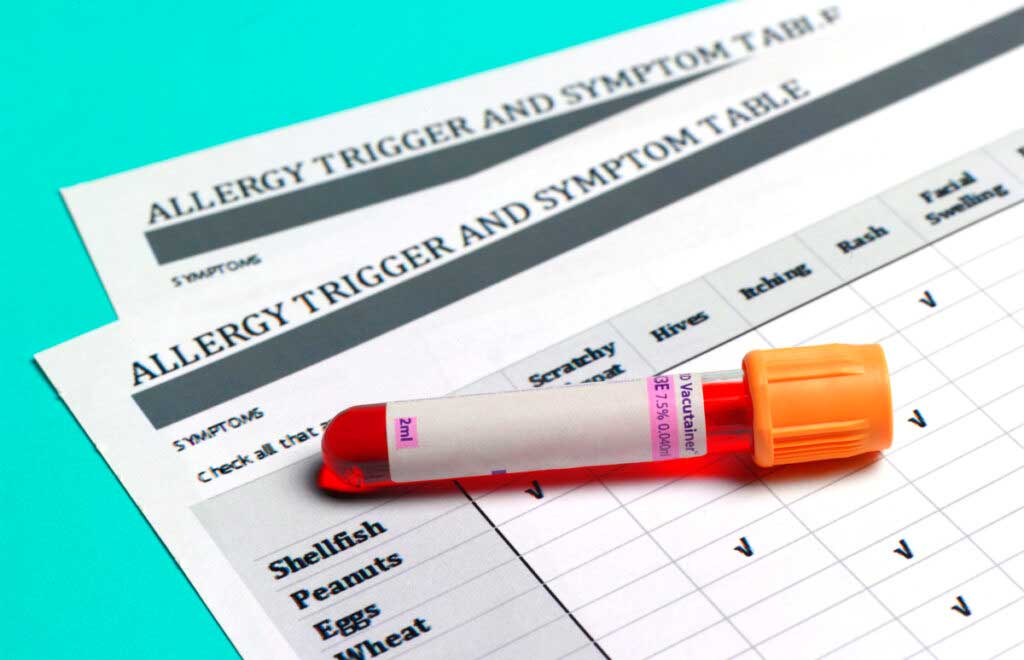How do allergies to shellfish work? They seem different from peanut allergies, but I don’t have any good evidence why. Should I worry about exposures to shrimp etc. (which we don’t eat often) like we do peanut butter and nut butters and eggs (which we eat all the time)?
—Allergy Afraid
Shellfish allergies in kids work pretty much like all the other allergies in a functional sense. That is to say: if your child has a shellfish allergy, you want to be very careful about shellfish exposures, carry an EpiPen, and watch for possible hidden shellfish ingredients. Note that shellfish allergies and fish allergies are not the same and do not cross over — a child who is allergic to one isn’t allergic to the other, and knowing you can tolerate one is not the same as the other.
There are a few differences from the more common egg, milk, and peanut allergies.
The main one is that shellfish allergy is more common in adults than children (an estimated 0.5% of children and 2.5% of adults). This is in contrast to something like eggs, which is a common allergy in early childhood but that kids very often grow out of. It’s also different from peanuts, which doesn’t fade but nearly always has a childhood onset.
A second difference is that in some cases, fish and shellfish allergies are really an allergy to something else — the canning ingredients used, or a nematode worm (this is more in fish than shellfish; yes, your fish has nematodes. Eww). A third difference is that the range of allergy reactions is fairly broad: gastrointestinal along with the more standard throat tightening, etc.
For most other allergens, early and consistent introduction of the food lowers the allergy risk. This could be true for shellfish as well, based on the mechanisms, but we do not have studies showing it. The reality is that people are less concerned about these allergies than many of the others, given the overall lower consumption of shrimp, mussels, and related foods in the U.S.
Bottom line: The first few times you give your child shrimp, keep an eye on them.


















Log in